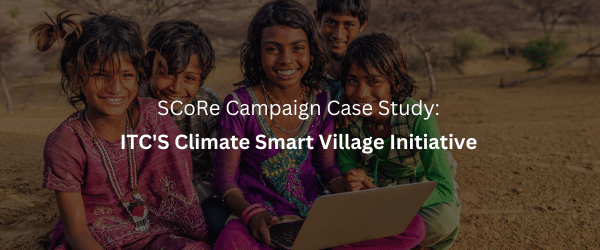
Farewell to Life as a Public Relations Student at SCoRe
June 17, 2019Protected: Prep Blog – How to Utilise Time before the Programme
August 1, 2019Communication is a critical part of public relations. It is important to communicate clearly, effectively, and seamlessly between the organisation and its stakeholders. If done correctly it helps bridge the gap, build brand awareness and manage reputation for the organisation. It helps create brand loyalists and change perceptions and attitudes.
Communication must be made in the form of a story to make an impact. Which is also known as storytelling in public relations. The first basic of this is to sort your message, followed by which direction and what narration would you like this to have.
A good communication story comes out from what you would tell yourself and believe in. An authentic story is what makes it successful. A psychological communication always catches attention as it resonates with some human emotion.
When you weave a story, you must have in mind the purpose of the communication. Who is the end receiver of this message? What kind of tone should the message have and where the message is going to be delivered? Try an incorporate some experiences and examples in the same. Another critical aspect that one should keep in mind is the timing of the article.
Communication here should be with a good opening which will help the reader to gain interest and read through the entire piece of work. A good communication story will have all aspects of narration which means it should have an active voice over passive narration.
Communication should have some key messages of the brand that need to be highlighted. This is done mainly by knowing who the target audience for the brand or the organisation are by decoding the psychographic and demographic profiles of their TG. Communication for organisations is just not messaging your target audiences it also is communicating with different stakeholders. Some of the other stakeholders for the organisation are
- Media
- Employees
- Audience
- Shareholders
- Investors
- Unions
- Government
- Supply Chain
The messaging and the communication channel are different for each of the above-mentioned stakeholders. From the above list let’s look at two main areas where communication is utmost important after the TG.
Media: Before we communicate with a journalist, we should do some research on him/her. We should know which media house they write for and for which beat. What is their designation, where do they originally hail from; which helps in breaking the first barrier and building a rapport. As a professional you should be well versed with facts and figures that you want to communicate to them, know your key messages that need to be delivered. Little or no knowledge of the subject will make you lose credibility with the journalist.
Employees: The communication that happens with the employees of the organisation are internal, for the obvious reasons that they work for you. All the major companies have an intranet which is for the news of the organisation. As to what the organisation is achieving and what are the next plans. They have information for the best employee of the month, anniversaries and birthdays, contests which help is engaging and keeping the employees motivated.
– Neha Shah
 Neha is an alumna of Class of 2019, Post Graduate Programme in Public Relations and Corporate Communications, SCoRe, Mumbai. She holds a degree in B.A (Hons) in Arts, from Pearl Academy, New Delhi, specialising in Textiles. She has nine years of work experience of working in the field of textiles. Her love for communication, managerial skills & love to meet new people made her join Public Relations. Neha has interned with Ketchum Sampark, Mumbai.
Neha is an alumna of Class of 2019, Post Graduate Programme in Public Relations and Corporate Communications, SCoRe, Mumbai. She holds a degree in B.A (Hons) in Arts, from Pearl Academy, New Delhi, specialising in Textiles. She has nine years of work experience of working in the field of textiles. Her love for communication, managerial skills & love to meet new people made her join Public Relations. Neha has interned with Ketchum Sampark, Mumbai.
She can be reached at @Shah_Neha85 on Twitter and as Neha Shah on LinkedIn




